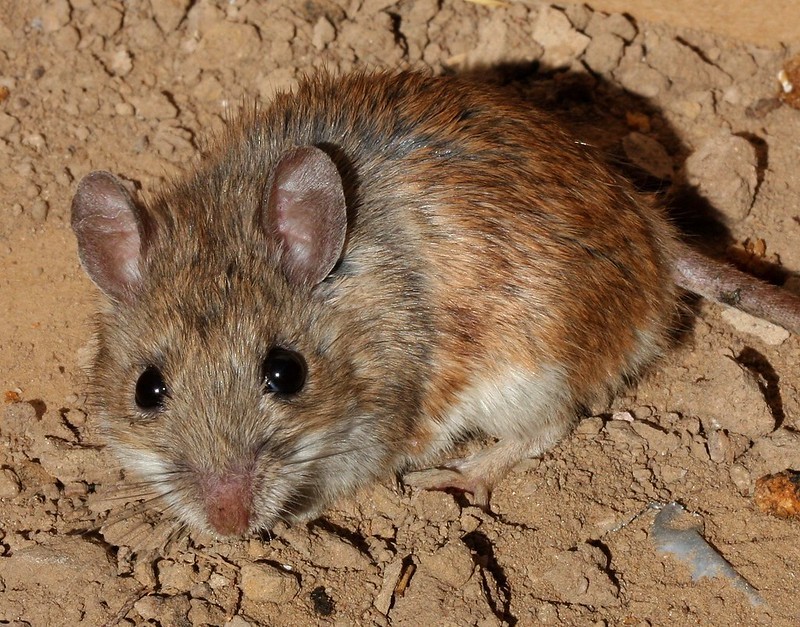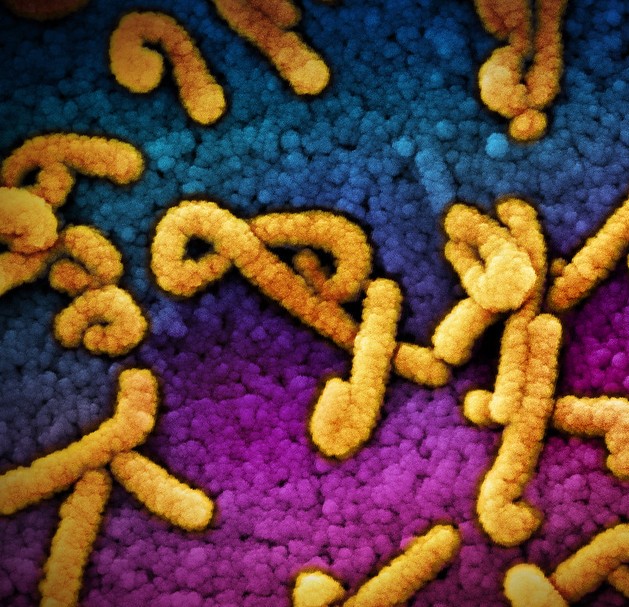
The US Department of Agriculture (USDA) has conditionally licensed an oral vaccine designed to limit the spread of Borrelia burgdorferi, the bacterium that causes Lyme disease. The vaccine is sprayed onto pellets and distributed in natural settings to be consumed by mice.
Lyme disease is the nation's most common vectorborne disease, and the US Centers for Disease Control and Prevention estimates that about 476,000 people are infected each year. Black-legged ticks that feed on blood from infected mice can than transmit the disease to people.
In its announcement, Memphis-based US Biologic said field trials by several groups showed a real-world impact and that the product meets all of the USDA's conditional licensing requirements, including that it uniquely addresses an emergency condition.
The company said it will make the product available for residential settings and public spaces, such as parks, golf courses, and other recreational facilities. It added that it will work closely with federal and state health agencies, pest control management groups, and partners including the Global Lyme Alliance and the Lyme Disease Association.
The vaccine is called Borrelia Burgdorferi Bacterin. The product, called LymeShield, includes a device or "station" that holds and applies the pellets, according to the company's website.
 Cognitive behavioral therapy (CBT) lessens fatigue and improves concentration among long-COVID patients, finds a Dutch
Cognitive behavioral therapy (CBT) lessens fatigue and improves concentration among long-COVID patients, finds a Dutch 











